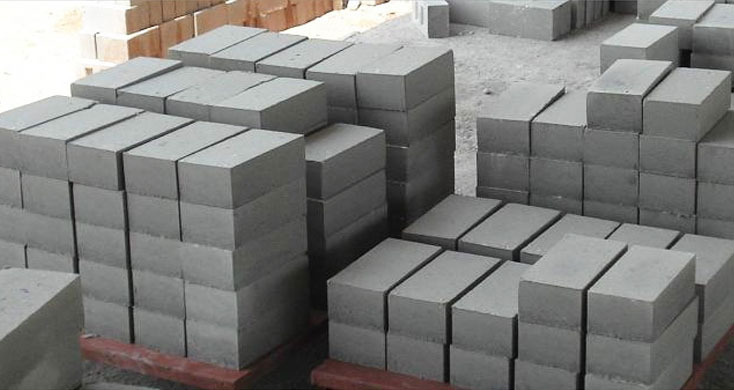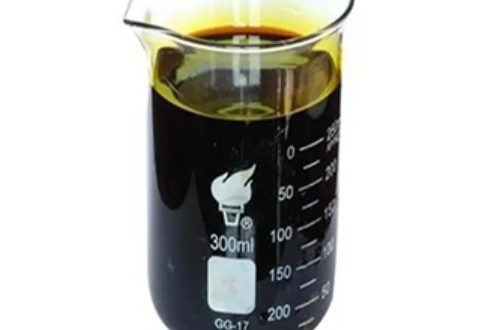Embarking on a journey into the realm of sustainable solutions leads us to Fly Ash, a resilient residue born from the crucible of combustion. Also known as flue-ash, this substance consists of fine particles ascending with flue gases during combustion, showcasing the transformative power of residues into valuable resources. In this exploration, we delve into the significance and versatility of Fly Ash, where these fine particles become a potent force for environmental stewardship and innovative applications.
Uses:
- Concrete Production: Fly Ash plays a pivotal role as a substitute material for Portland cement and sand in concrete production. This application not only enhances the structural integrity of concrete but also reduces the environmental impact of traditional cement production.
- Road Construction: In road construction, Fly Ash serves as a reliable material, contributing to both the strength and durability of the infrastructure. Its inclusion mitigates the demand for conventional resources while providing a sustainable alternative.
- Waste Stabilization and Solidification: The unique properties of Fly Ash make it an ideal candidate for waste stabilization and solidification processes. It aids in containing and minimizing the environmental impact of hazardous waste materials.
- Cement Clinkers Production: As a substitute for clay, Fly Ash finds application in the production of cement clinkers. This not only reduces reliance on traditional raw materials but also contributes to the efficient use of industrial by-products.
- Mine Reclamation: Fly Ash proves valuable in mine reclamation efforts, promoting the restoration of disturbed landscapes. Its use aids in stabilizing the soil and mitigating environmental consequences associated with mining activities.
- Road Subbase Construction: The inclusion of Fly Ash in road subbase construction enhances the overall stability and load-bearing capacity of the infrastructure. This sustainable alternative contributes to the longevity of road structures.
- Aggregate Substitute Material: In various applications, including brick production, Fly Ash serves as an effective substitute material for traditional aggregates. This not only reduces the environmental footprint but also maximizes the utilization of industrial by-products.
- Agricultural Uses: Beyond construction, Fly Ash finds applications in agriculture as a soil amendment, fertilizer, and soil stabilizer in stock feed yards. It contributes to sustainable agricultural practices and fosters environmental harmony.
- Other Diverse Applications: Fly Ash exhibits versatility in an array of applications, ranging from cosmetics and toothpaste to kitchen countertops, floor and ceiling tiles, bowling balls, flotation devices, stucco, utensils, tool handles, picture frames, auto bodies, boat hulls, cellular concrete, geopolymers, roofing tiles, roofing granules, decking, fireplace mantles, cinder blocks, and even PVC pipe manufacturing. This diverse range showcases the adaptability of Fly Ash in various industries.
Specifications: To ensure the quality and compatibility of Fly Ash in different applications, adherence to specific characteristics outlined in standards such as IS 3812-Grade 1 is essential.
- Silicon Dioxide (SiO2) Plus: Minimum of 70%, indicating a high concentration of silica, contributing to the strength and durability of materials incorporating Fly Ash.
- Aluminium Oxide (Al2O3) Plus Iron Oxide (Fe2O3): Minimum of 35%, ensuring the presence of essential components for structural integrity.
- Silicon Dioxide (SiO2) by Mass: Minimum of 5%, indicating a balanced composition for optimal performance.
- Magnesium Oxide (MgO): Maximum of 2.75%, preventing excessive magnesium content that may affect material properties.
- Sulphur Trioxide (SO3): Nil, ensuring the absence of sulfur compounds that could compromise environmental and material considerations.
- Moisture Content: Maximum of 6%, maintaining the stability of Fly Ash for various applications.
- Available Alkalies as Sodium Oxide (Na2O): Maximum of 1.5%, preventing excessive alkali content that may impact the performance of materials.
- Fineness (Retained on 45 Micron Wet-Sieving): Maximum of 34%, indicating a finely ground material suitable for a wide range of applications.
Conclusion: Fly Ash emerges as a powerful ally in the pursuit of sustainable and eco-friendly solutions across diverse industries. From construction to agriculture and beyond, its transformative properties not only enhance the performance of materials but also contribute to the responsible utilization of industrial by-products. Adhering to specified standards ensures the reliability and quality of Fly Ash, cementing its place as a valuable resource in the journey towards a greener and more sustainable future.


